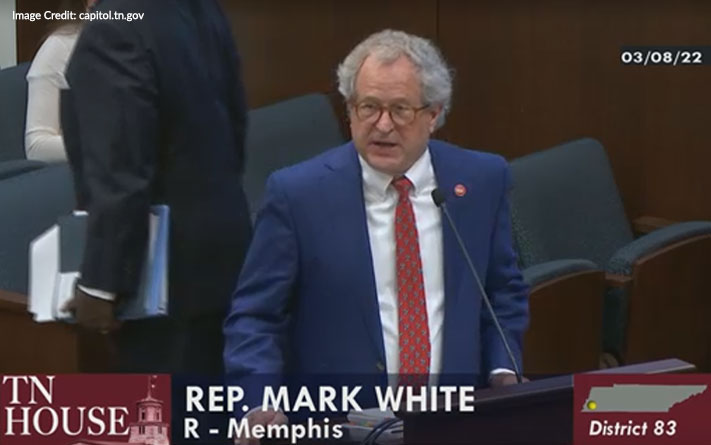Image Credit: capitol.tn.gov
The Center Square [By Jon Styf] –
The process for approving Tennessee’s new public school funding formula began this week with a subcommittee meeting that concluded without a vote on the legislation that contains the proposed formula language.
House Bill 2143 looks to replace the current Basic Education Program (BEP) funding formula for K-12 public school funding with the Tennessee Investment in Student Achievement Act (TISA). It is scheduled to be discussed again at the House K-12 Subcommittee meeting March 15 after its initial hearing Tuesday.
“If we get it wrong, we might not come on back around to this for another 20 or 30 years,” said Rep. John Ray Clemmons, D-Nashville. “That’s problematic.”
Tennessee Department of Education Commissioner Penny Schwinn gave a 15-minute presentation on the new formula and provided an overview of the presentation she gave when the bill was first presented to the public in late February.
The new formula would shift the funding model from a school district-based funding model to a student-based funding model that starts with a base of $6,860 for every Tennessee student with more funding available based on weights to expend the $9 billion of state and local funds projected to be part of the new formula in the 2023-24 school year.
“We’ve said from the beginning not everything is going to get funded, we have to prioritize,” Schwinn said. “… It really just comes down to boldness and courage of actually wanting to take action and ensuring that the children in Tennessee right now – the children, like mine and yours and everybody else’s who are sitting in classrooms right now – get the benefit of actual action.”
Schwinn said that other states, including Tennessee, review a funding formula repeatedly without making full adjustments. The BEP, she said, has been reviewed time and again since it was created in 1992, and Schwinn believes the feedback over the years has been consistent.
“All of the recommendations are similar,” Schwinn said. “At some point, if you are hearing the same thing year after year after year …”
Schwinn clarified Tuesday the state will provide 70% of the $9 billion in funding while local school governments will be responsible for the remaining 30%.
That doesn’t mean every district will receive 70% of its funding from the state, however. Instead, that is the statewide average with Davidson, Shelby, Williamson, Knox and Hamilton counties paying the highest percentage of local government funding based upon their ability to pay, Schwinn said.
“I am very excited,” said Rep. Mark White, R-Memphis. “Every year that I am on the committee, I hear about issues with the BEP.
“I really think we have something that we can get behind.”
*** Click Here to Support Conservative Journalism in Tennessee. We can’t bring your articles like this without your support!***
Schwinn’s presentation on the bill has shown school districts would receive more funding in the new formula than they currently receive if enrollment in a public school remains the same, starting in the 2023-24 school year.
The added weights in funding include whether a student is economically disadvantaged, whether the student has unique learning needs related to disabilities and whether the student is in an incentivized career and technical education (CTE) program, which currently includes 42,000 students, which would receive an average weighted bonus of $5,000 in funding.
“This is a bill we’re not going to take up every year,” said Rep. Scott Cepicky, R-Culleoka. “Let’s just make sure we’re in the mindset of let’s get it right for Tennessee, not just let’s get it done for Tennessee.”

About the Author: Jon Styf, The Center Square Staff Reporter – Jon Styf is an award-winning editor and reporter who has worked in Illinois, Texas, Wisconsin, Florida and Michigan in local newsrooms over the past 20 years, working for Shaw Media, Hearst and several other companies. Follow Jon on Twitter @JonStyf.




